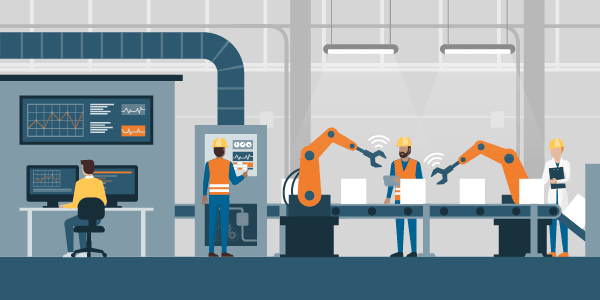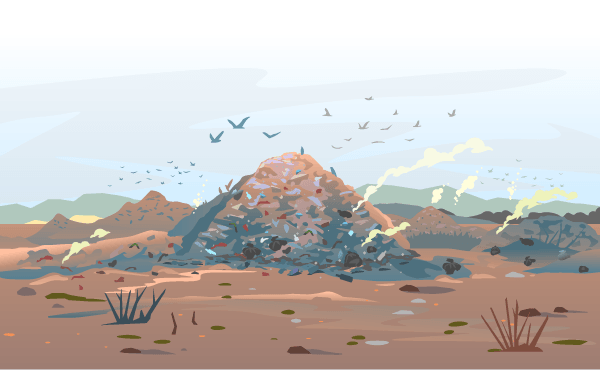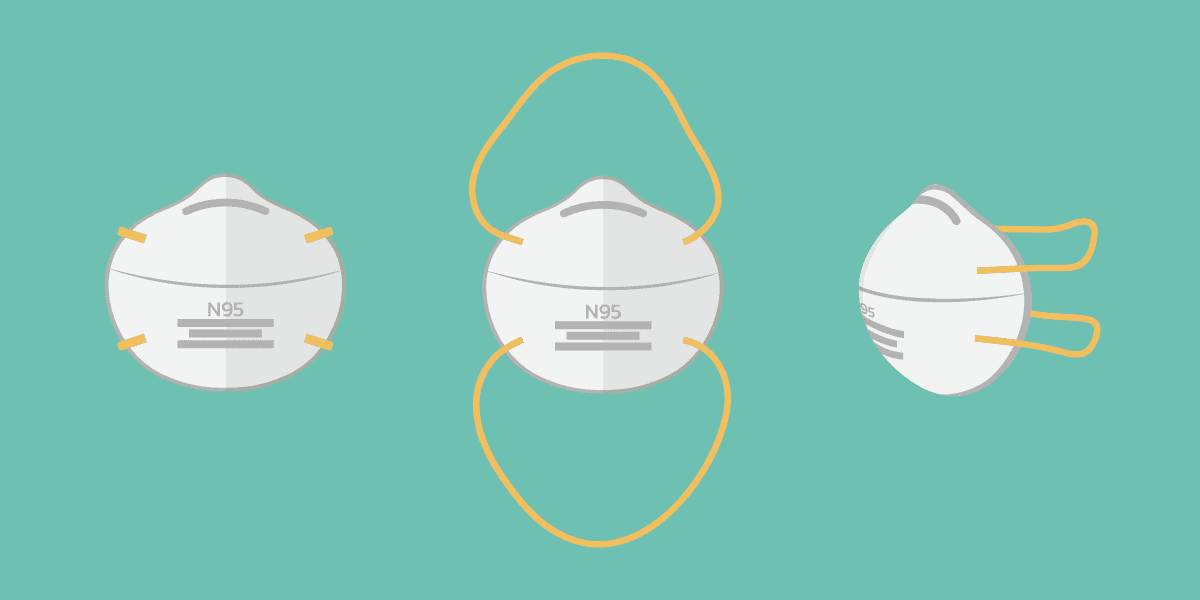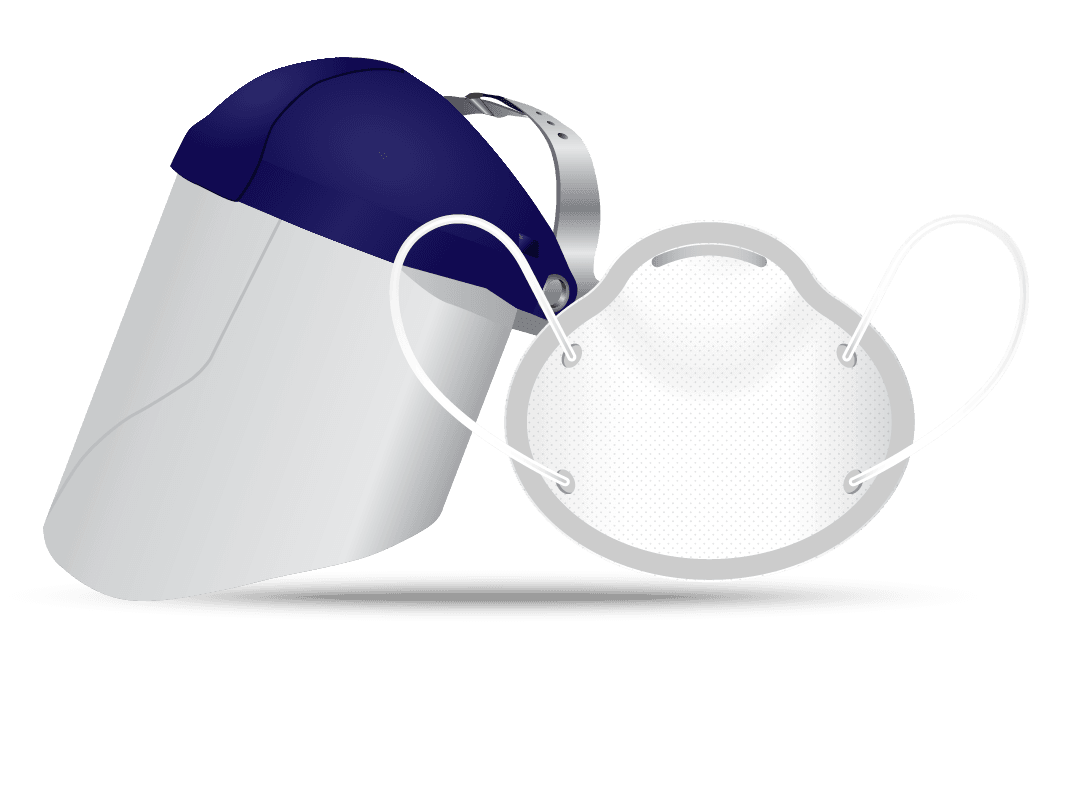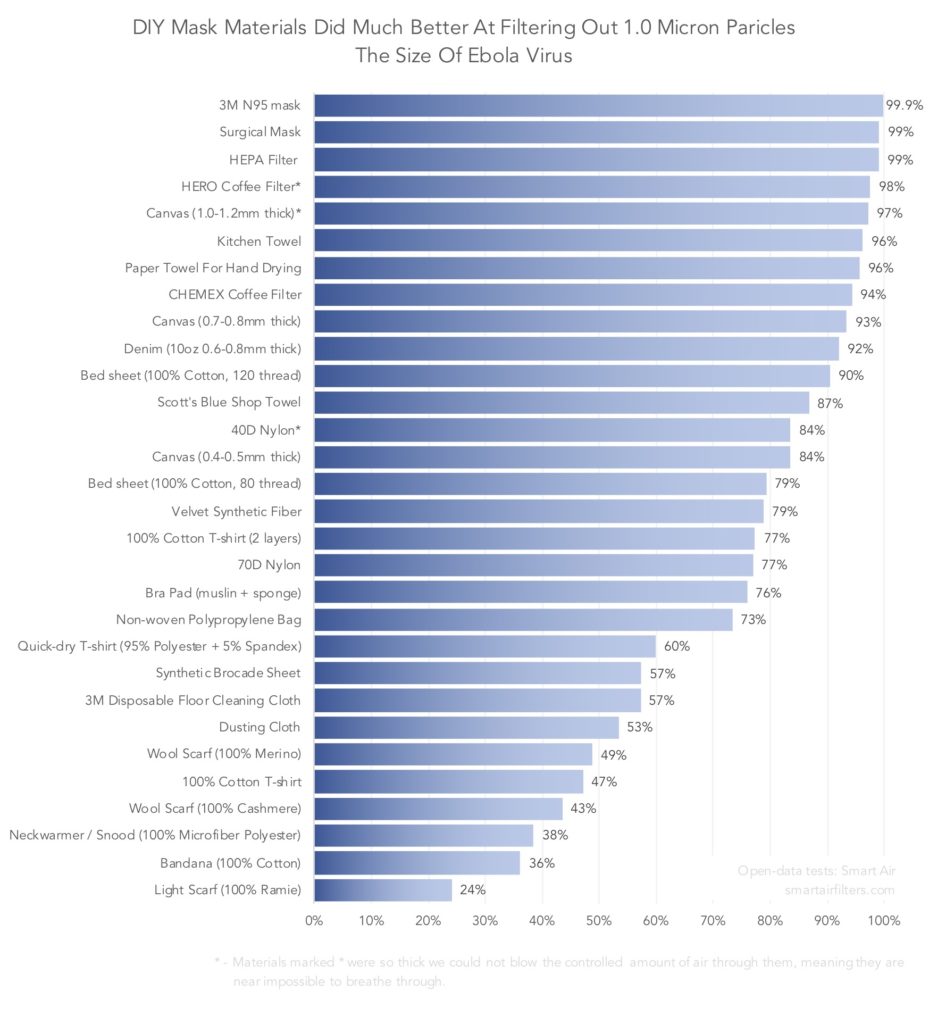Face Shields
Phasespace Open-source Designs:
Face shields create an initial barrier from patient spray droplets to the eyes, nose and mouth and facilitate N95 respirator reuse.2 Most face shields use foam, and generate enormous amounts of plastic trash. PhaseSpace Open Source Designs are:
- Cleanable and reusable, creating less trash. To clean, use one of the following methods3:
- Soak in Isopropyl Alcohol/Isopropanol 70% for 5 min or Sodium Hypochlorite (household bleach) 0.01% (1:10) for 5 min+
- UV-C 30w for 15 min
- Ethanol 70%+ for 5 min
- Easily manufactured using cnc machining and laser cutting. Quicker than 3D printing that takes hours.
- Minimized components. Conserves difficult-to-obtain materials for the shield; uses available colored plastic for headband.
FAQ
What materials are these face shields made of?
The shield is made of 0.010” PVC plastic and machine stamped. The head piece is made of 0.060 ABS plastic and laser cut. The elastic on the headband is made of various material, but will primarily be made of polyester. This is not an NIH-approved shield.
What is the production process (sterilization, handling, packaging, etc.)?
Important Legal Information
IMPORTANT NOTICE: These Face Shields have not been tested or approved by any governmental agency and are not offered with any promise of safety or efficacy in protecting against any disease or infection, including protection against COVID-19. Face Shields ARE NOT PROVIDED FOR ANY PARTICULAR PURPOSE. THE PROVIDER AND ALL SUPPLIERS MAKE the Face Shields AVAILABLE free of charge AS-IS AND WITH ALL FAULTS AND DISCLAIM ALL WARRANTIES, EXPRESS OR IMPLIED, AS TO QUALITY OR EFFECTIVENESS FOR ANY PURPOSE. THE USER ASSUMES ALL RISK OF USE.
WARNING: Some products may contain chemicals known to the State of California to cause cancer, or birth defects or other reproductive harm. For more information go to www.P65Warnings.ca.gov.
Which version do you have?
V12 – Clipless Design
We are working to donate 26,200 of these face shields as soon as possible to health care workers.
V11 – Clip Design
We are working to donate 3,800 of these face shields as soon as possible to health care workers.
Notes on DIY Face Shields:
Face shields can be made out of the following materials, and range from 0.030″ to 0.010″ thick.
- Polycarbonate (PC): Clear, bendable, most durable, heat needed to mould
- Polyethylene (PE, PET, PETG): high demand and hard to obtain, hospital standard
- Amorphous-polyethylene terephthalate (APET)
- Clear Polyvinyl Chloride (PVC)
The inside bend and front bend can be as thick as 0.0625″ and can be made of ABS or similar material if the materials mentioned above are not available.
Intubation Boxes
Patients infected with Covid-19 may develop respiratory failure requiring endotracheal intubation. Since the virus is transmitted through droplets and aerosol, healthcare workers who are intubating these patients are at high risk of contracting the virus during the intubation process. Ideally the provider should wear PAPRs (powered air-purifying respirators) while intubating patients, which would provide the highest level of protection, but given the rising number of infections, there is a global shortage of PAPRs. Therefore, a lot of healthcare workers are only wearing face shields and N95 masks, if available, putting them at a much higher risk of contracting COVID-19. To protect healthcare providers from this virus during the intubation process, an intubation box effectively shields a provider’s face from a patient’s airway, while allowing the provider to move their arms freely to perform all necessary tasks during endotracheal intubation.4
All intubation box models in the table below are easily cleanable (allowing for reuse), cheap, and quick to assemble (if needed).
| Model | Dimensions | Material | Commercially Available | Notes |
|---|---|---|---|---|
| Intubation Box Phasespace | 20.613 in high x 21.317 in wide 15.748 in deep | Plastic type negotiable | Open-source design | Light but a bit wobbly |
| Aero|Guard Schupan Aluminum and Plastic Sales (Kalamazoo, MI, USA) | 22 in high x 24 in wide x 18 in deep | Polycarbonate | Yes, $385 | Easily shipped but expensive |
| Intubation Box UF Health | Variable, depending on PVC pipe length | PVC pipes, plastic vinyl sheet | No | |
| Aerosol Box Dr. Hsien Yung Lai | 50 cm high x 50 cm wide x 40 cm deep | Acrylic or polycarbonate | Open-source design Also available here for $155.83 / box |
Masks
Best Materials for DIY masks:
The primary challenge of choosing a homemade mask material is to find a fabric that is dense enough to capture viral particles, but breathable enough that we can actually wear it.
The best masks are n95 which filter out 99.9% of particles followed by surgical masks.
Hepa filters are also effective at 99% but masks using this need to be made carefully because you want to avoid breathing in risky small fibers sandwiching them between 2 layers of cotton fabric.5
Best ways to Make DIY masks:
Sewn Masks:
- Use one of the materials stated above or a quilting fabric made from high-quality, high-thread count cotton6
- Note that most sewing machines can handle only two layers of fabric when making a pleated mask
Folded origami mask:
- Designed by Indiana University professor Jiangmei Wu
- Demonstration video and design available7

